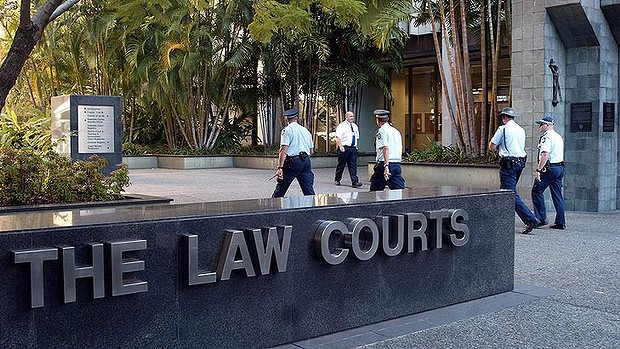A pilot study on a new model of probation and parole in Queensland has been found to reduce reoffending rates by 28%.
The Environmental Corrections model of offender supervision was designed by Griffith University criminologist Dr Lacey Schaefer, and trialled at a probation and parole district office in southeast Queensland.
After six months, the recidivism rate for offenders supervised at the trial office was substantially lower following the introduction of the new model of supervision compared to the rate of reoffending for those offenders supervised at the control office.
Dr Lacey Schaefer
“Queensland has a high rate of recidivism, so we proposed a new model to enhance the efficacy of its community supervision of offenders,’’ Dr Schaefer said.
Opportunity and propensity
The Environmental Corrections model addresses the two main factors leading to crime — opportunity and propensity.
“Rather than applying generic supervision stipulations, offenders’ routine activities are restructured so that exposure to crime opportunities are minimised.
“Probation and parole officers received training on the model and were then able to provide techniques of effective, correctional intervention tailored to the individual to reduce their propensity for offending,” Dr Schaefer said.
The two strategies work together to diminish the chances offenders have of committing crime while also decreasing criminal propensity for the crime opportunities that remain.
“The model is a shift away from risk control and toward risk reduction with a goal of behavioural change,’’ Dr Schaefer said.
“It’s transforming probation and parole officers to become problem-solvers — a shift away from case management toward a new professional orientation as change agents.”
After the success of the pilot, Dr Schaefer is working as an academic consultant with Queensland Corrective Services to provide an examination of the training undertaken by Probation and Parole Officers, to examine potential gaps between current and best practice, and make recommendations for reform.
She also will be undertaking a ‘scoping review’ to identify potential pathways and barriers to the implementation of these recommendations.

